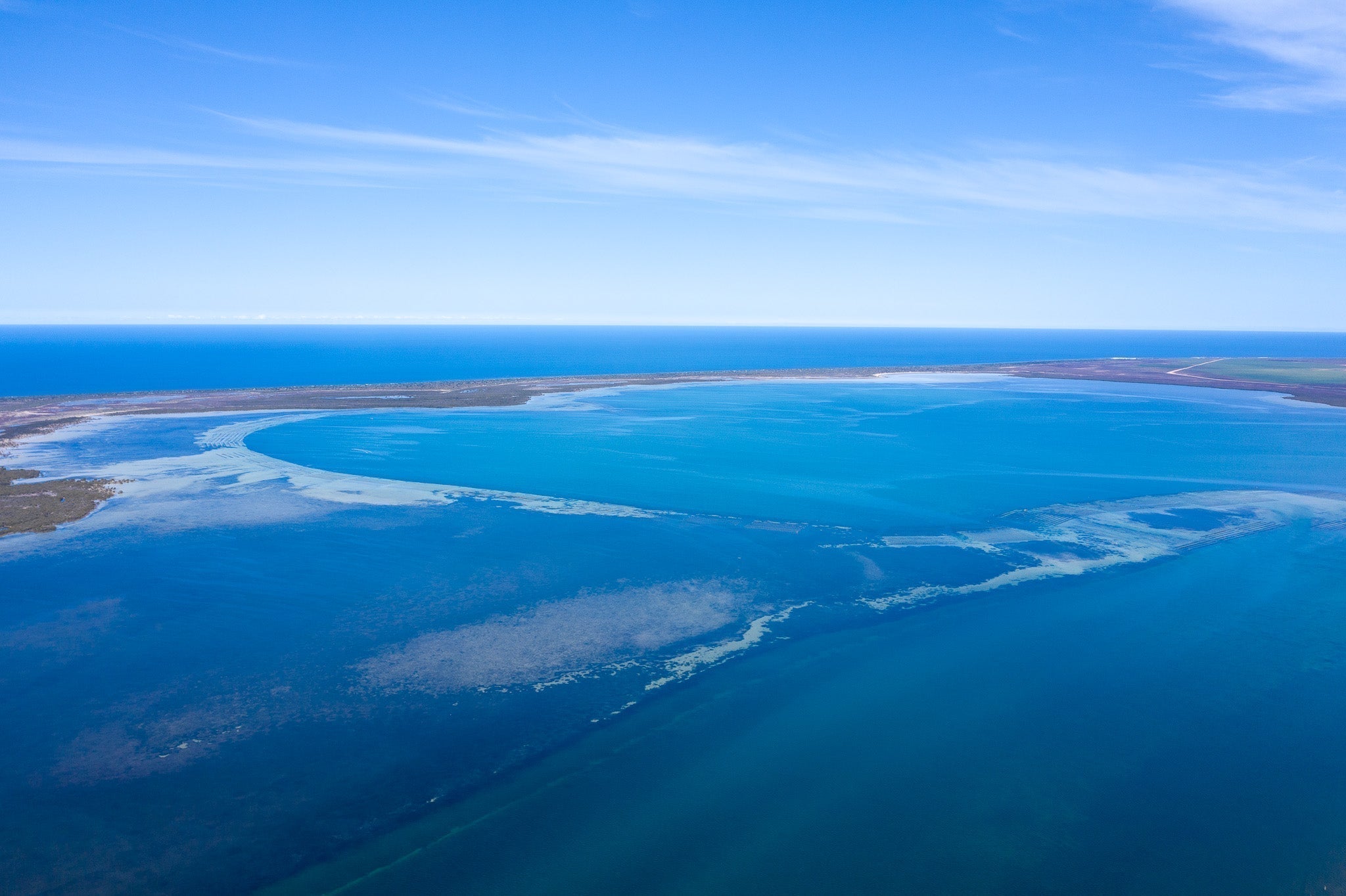
· By William Turner
South Australia - The Home of Pacific Oysters
Nestled along South Australia’s picturesque coastline lies a hidden treasure that tantalises the taste buds and plays a crucial role in the region’s culinary and environmental landscape—the Pacific oyster. In this blog post, we embark on a journey to uncover the secrets of these delectable molluscs, exploring their history, cultivation, and the unique flavours they bring to South Australia’s thriving seafood scene.
The Pacific Oyster Story
The story of Pacific oysters in South Australia is one of resilience, adaptation, and innovation. Originally hailing from Asia, Pacific oysters (Crassostrea gigas) found their way to South Australian waters in the 1960s. Today, they have become a staple in the region, celebrated for their unique taste and contribution to aquaculture.
Cultivation and Harvesting
South Australia’s pristine waters provide an ideal environment for cultivating Pacific oysters. The cool, nutrient-rich Southern Ocean waters create the perfect conditions for these bivalves to thrive. The cultivation process typically begins in hatcheries, where oyster larvae (spat) are nurtured before being carefully distributed to various aquaculture sites.
One of the critical regions for Pacific oyster cultivation in South Australia is Franklin Harbour. The mangrove sheltered waters of Franklin Harbour create a haven for oyster farming. The oysters here benefit from the abundance of phytoplankton, algae, shallow and warm waters, which imparts a unique flavour profile to the final product.
The cultivation process involves suspending the oysters on long lines or in baskets, allowing them to filter feed on the nutrient-rich waters. Oyster farmers meticulously monitor water quality, ensuring optimal conditions for growth. The combination of natural surroundings and human expertise results in oysters that are not only delicious but also environmentally sustainable.
Flavour Profile
What sets Pacific oysters from South Australia apart is their distinctive flavour profile. The unique mix of oceanic influences, ranging from the salty character of the Southern Ocean to the grassy seabeds of Franklin Harbour, imparts a complexity that seafood enthusiasts find irresistible.
Franklin Harbour oysters, in particular, are renowned for their insatiable balance of salty and sweet, with a nutty, almost avocado-like finish. Their plump, succulent meat reflects the care taken during cultivation, making them a sought-after delicacy both locally and internationally.
Local Cuisine and Culinary Delights
South Australia’s culinary scene is a testament to the versatility of Pacific oysters. From casual beachside shacks to upscale seafood restaurants, these delectable molluscs find their way onto diverse menus, showcasing the creativity of local chefs.
Raw oysters served on the half shell with a squeeze of lemon or a dash of mignonette sauce allow the natural flavours to shine. Alternatively, oysters can be grilled, baked, or incorporated into various seafood dishes, adding a touch of luxury to the dining experience.
One iconic South Australian dish featuring Pacific oysters is the Kilpatrick oyster. The mollusc is topped in this dish with bacon, Worcestershire sauce, and sometimes cheese before being grilled to perfection. This savoury concoction has become a classic, loved by locals and visitors alike.
Community and Economy
Beyond their culinary significance, Pacific oysters play a vital role in the economic and social fabric of South Australia. Oyster farming supports local communities, provides employment opportunities, and fosters a sense of pride in the region’s rich maritime heritage.
Moreover, the success of the Pacific oyster industry relies on sustainable practices. Oyster farmers in South Australia are committed to minimising their environmental impact and implementing measures to protect the ecosystems supporting oyster cultivation. This dedication to sustainability ensures the industry’s longevity, allowing future generations to enjoy the fruits of the Southern seas.
Challenges and Innovations
While the Pacific oyster industry in South Australia has flourished, it has been challenging. Environmental factors, such as changes in water temperature and harmful algal blooms, can impact oyster health and productivity. Additionally, the threat of diseases like Pacific Oyster Mortality Syndrome (POMS) poses a constant risk to oyster populations.
The industry has shown remarkable resilience and adaptability in the face of these challenges.
Oyster farmers collaborate with researchers and government agencies to implement biosecurity measures and develop new disease-resistance technologies. These ongoing efforts demonstrate a commitment to ensuring the sustainability and viability of the Pacific oyster industry in South Australia.
Tourism and Oyster Experiences
For those eager to immerse themselves in the world of Pacific oysters, South Australia offers a range of unique and immersive experiences. Oyster tours, particularly in Coffin Bay, allow visitors to witness the entire cultivation process, from hatchery to harvest. Participants can also taste freshly shucked oysters straight from the water, gaining a deeper appreciation for the craftsmanship behind each mollusc.
Furthermore, oyster festivals and events are held throughout the year, celebrating the region’s maritime culture and the bounty of the Southern seas. These gatherings unite locals and tourists, fostering community and shared appreciation for South Australia’s culinary treasures.
Anything Else?
In the coastal paradise of South Australia, Pacific oysters have not only become a culinary delight but also a symbol of sustainable aquaculture and community resilience. From their humble origins to the innovative cultivation practices of today, these mollusks have woven themselves into the region’s fabric, creating a legacy that transcends the plate’s boundaries.
As we savour the unique flavours of Pacific oysters in South Australia, let us also celebrate the dedication of the oyster farmers, the creativity of local chefs, and the beauty of the marine ecosystems that sustain this thriving industry. In each succulent bite, we taste the essence of the Southern seas – a testament to the harmonious relationship between nature, community, and the pursuit of culinary excellence.
